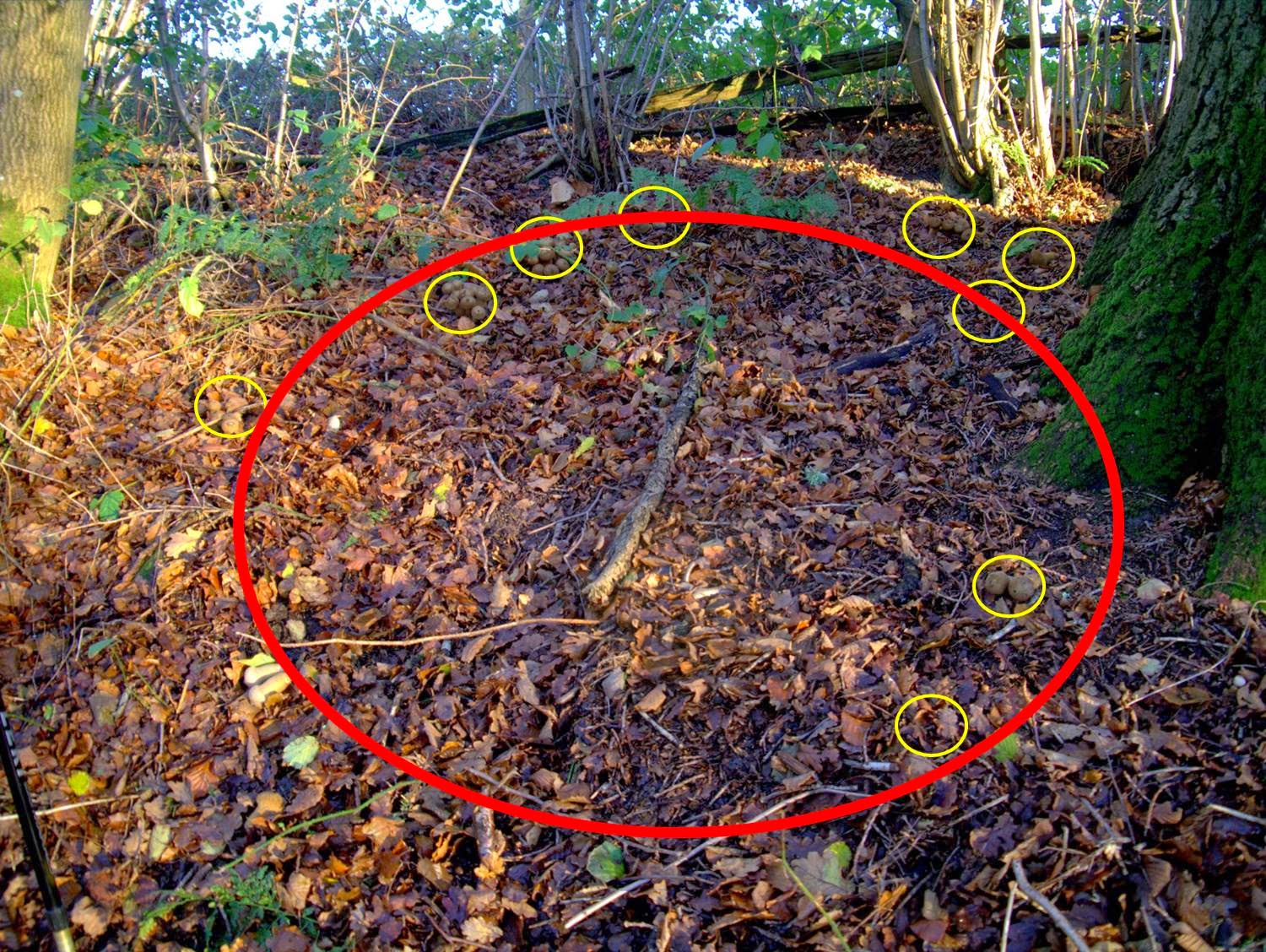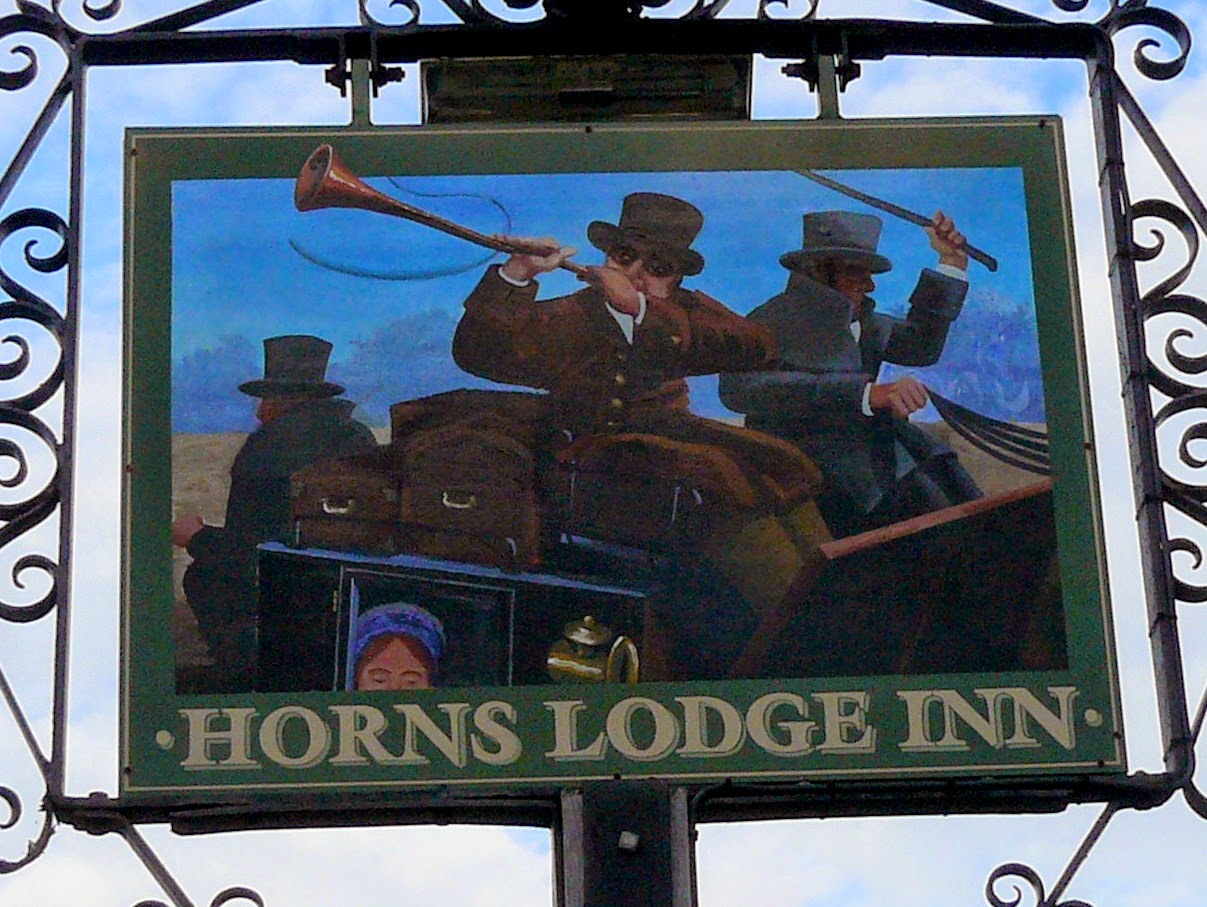At the end of the year commemorating one hundred years since the start of "the great war" in 1914 these are pictures to think of the men who died in all the wars commemorated in this church and churchyard including the Napoleonic and Boer wars. See also http://sussexrambler.blogspot.co.uk/2010/07/cuckfield-historical-circular-walk-107.html and http://holytrinitycuckfield.org/ for info' on local history and the church.
For illustrated talks on natural history and history see www.peterlovetttalks.co.uk
For illustrated talks on natural history and history click here for www.peterlovetttalks.co.uk
Wednesday, 31 December 2014
Beautiful sunset over Holy Trinity church, Cuckfield yesterday evening.
At the end of the year commemorating one hundred years since the start of "the great war" in 1914 these are pictures to think of the men who died in all the wars commemorated in this church and churchyard including the Napoleonic and Boer wars. See also http://sussexrambler.blogspot.co.uk/2010/07/cuckfield-historical-circular-walk-107.html and http://holytrinitycuckfield.org/ for info' on local history and the church.
Monday, 29 December 2014
What a relief as Virgin flight VS43 travelling from Gatwick to Las Vegas returns to land safely at Gatwick.
A Virgin Jumbo jet circled low over Cuckfield this afternoon as reported at http://www.bbc.co.uk/news/uk-30625945 Here it is flying above Broad Street, Cuckfield.
You can clearly see that one of the sets of wheels appears to be stuck and hasn't dropped properly for landing.
Thank goodness it has landed safely.
You can clearly see that one of the sets of wheels appears to be stuck and hasn't dropped properly for landing.
Thank goodness it has landed safely.
Wednesday, 17 December 2014
Orange ladybirds, Halyzia 16-guttata in The Long Plantation, Shabden Park
Volunteers were hard at work today coppicing hazel (above) and clearing glades in Shabden Park under the direction of Reserve Manager, Bob Crompton.
Colleagues spotted these ladybirds in several different clusters
Seeing such lovely insects is one of the benefits of working with such a conservation work party.
The Hazel tree that I coppiced was 40 years old from counting the rings; long overdue to be coppiced.
Colleagues spotted these ladybirds in several different clusters
The orange ladybird (Halyzia sedecimguttata) has 12-16 white spots. It overwinters in leaf litter or sheltered positions on trees and eats mildews. Considered until 1987 an indicator of ancient woodland, it has become widespread since it became common on sycamores; it has recently moved on to ash trees. It is attracted to light and is often found in moth-traps Ref; http://www.theguardian.com/environment/gallery/2013/jul/22/ladybird-species-harlequin-uk-insects
Because of the way that they are clustered and after some frosty nights, they seem to have been hibernating or just enjoying the fungus on this branch. They were very active once disturbed. Seeing such lovely insects is one of the benefits of working with such a conservation work party.
The Hazel tree that I coppiced was 40 years old from counting the rings; long overdue to be coppiced.
Monday, 15 December 2014
Common Puffballs, Lycoperdon perlatum in Nymans Wood, West Sussex, England last weekend.
Puffballs are common at the moment. They are in my garden in the debris from 20 years of piled up composting branches and garden waste; in the mulch by the car park at Wakehurst Place; and here in Nymans Woods under hazel, beech, oak and chestnut trees.
They look like Common Puffballs, Lycoperdon perlatum, which figures as they are common enough.
It took a couple of attempts to capture the image above. And days later I found that my lens and lens hood were covered in the brown spores!

Looking in detail at the arrangement of the puffballs they did seem to fulfill the criteria of a fairy ring suggesting that the mycelium originated from a central point.
Saturday, 6 December 2014
Oysters fungi???
Are these Oyster mushrooms or not?
Are they edible or poisonous?
I'm not about to find out, having already survived a misidentified poisonous fungus in the past.
In any case, they are spectacular fungi, don't you think from a walk today in Surrey.
They really do look good enough to eat! After you though!
Are they edible or poisonous?
I'm not about to find out, having already survived a misidentified poisonous fungus in the past.
In any case, they are spectacular fungi, don't you think from a walk today in Surrey.
They really do look good enough to eat! After you though!
Exquisite tiny fungi in the leaf litter of Sabden Park woods, Surrey, UK
Can you see the tiny white dots in the center of the picture above in this deciduous wood of sycamore, ash and beech today? It is in Shabden Park nature reserve; click the link for more info' and scroll down for a closer look.
The entire genus Marasmius is comprised of tiny mushrooms with thin stems which make their home on leaf litter or woody debris. Mushrooms in this genus play an essential role in the forest ecosystem as decomposers, helping to break down leaf litter and rotting plant debris. Although they are often overlooked, their dried fruiting bodies can be found in leaf litter throughout their range. Another identifying characteristic of mushrooms in the genus Marasmius is their “marcescence,” or ability to revive after dry conditions. When the mushrooms become too dry, they shrivel up and remain hidden in the leaf litter until conditions improve, at which point they resume their previous appearance.
source; http://mlbs.org/organism/pinwheelmushroom
Whether these are from the genus Marasmius or not, it doesn't matter.
They are performing the same task of decomposing the leaf litter;
are exquisitely tiny;
and within this forest floor ecosystem small is truly beautiful don't you think?
I have absolutely no idea what they are called but a search revealed the following from the Mountain Lake Biological center of the Biology Dept of the University of Virginia;
source; http://mlbs.org/organism/pinwheelmushroom
Whether these are from the genus Marasmius or not, it doesn't matter.
They are performing the same task of decomposing the leaf litter;
are exquisitely tiny;
and within this forest floor ecosystem small is truly beautiful don't you think?
Exploding chestnut from a poffertjes pan causes great mess and excitement in a Sussex kitchen
A poffertjes pan is perfect for roasting chestnuts at this time of year. Take a nick out of or into each nut with a large knife or cleaver and place on a hot pan. I heat it by gas. Keep turning them over from time to time until they start to blacken when they are ready and shell easily.
There was an almighty bang though when one exploded -- despite having been nicked -- splattering half the kitchen with fine bits of cooked chestnut and shell! Such excitement! And the chestnuts from Italy were delicious.Thursday, 6 November 2014
Men behaving well; an innovative pub crawl by two pensioners in West and East Sussex involving five buses.
Loneliness among retired old men has been in the news lately in the UK; more of a problem in men than in general, more sociable women.
Driving to meet friends in different villages for a beer restricts beer consumption. So a challenge was given to William to come up with a three pub session involving no cars and just buses.
He came up with a most innovative itinerary.
Bus 31 HH 11.57 hr to Newick 12.19 choose pub (Crown/Bull etc). (35 mins)
Bus 121 Newick 12.55 hr to South Chailey 13.06 hr - Horns Lodge (22 mins)
Bus 824 South Chailey 13.28 hr to Plumpton Half Moon 13.38 hr (36 mins)
Bus 166 Plumpton Half Moon 14.14 hr to HH 14.41 hr.
Bus 31 to Newick
After a pint in The Bull, a sandwich whilst we waited for the 121 bus.
It arrived exactly on time; our own personalized bus. We were the only passengers.
Passing Chailey Commons Nature Reserve.
We alighted at The Horns Lodge Inn.
Landlord Mike served us two pints of very fine Cheddar Ale "Crown & Glory".
There was just the right time to enjoy a pint and hasten outside to catch our next bus...
the 824 Village Rider Service for Plumpton.
Our driver, Chris was highly experienced and skilled in negotiating the route.
It was then an eight miles ride to Haywards Heath.
Alighting in Haywards Heath after such an adventure, William and I decided that as The Star was so near we might celebrate the end of a successful trip with a slow pint.
Yvonne pulled two pints of what I considered the best beer of the day -- "Hophead" by the Sussex-based Dark Star brewery.
Afterwards William caught the 31 bus to Scaynes Hill and I walked for 30 minutes back to Cuckfield.
What a very fine day, meeting some great people, doing our bit to stimulate growth in the UK economy and making an extra voluntary tax contribution (excessive beer duty and VAT) to the Chancellor's coffers. Job well done William! Many thanks.
Driving to meet friends in different villages for a beer restricts beer consumption. So a challenge was given to William to come up with a three pub session involving no cars and just buses.
He came up with a most innovative itinerary.
It involved the following bus journeys, which looked rather optimistic that it could work. But it did! Brilliantly!
Bus 40 10.57 hr Cuckfield to Haywards Heath (HH).Bus 31 HH 11.57 hr to Newick 12.19 choose pub (Crown/Bull etc). (35 mins)
Bus 121 Newick 12.55 hr to South Chailey 13.06 hr - Horns Lodge (22 mins)
Bus 824 South Chailey 13.28 hr to Plumpton Half Moon 13.38 hr (36 mins)
Bus 166 Plumpton Half Moon 14.14 hr to HH 14.41 hr.
Bus 31 to Newick
It arrived exactly on time; our own personalized bus. We were the only passengers.
Passing Chailey Commons Nature Reserve.
We alighted at The Horns Lodge Inn.
Landlord Mike served us two pints of very fine Cheddar Ale "Crown & Glory".
There was just the right time to enjoy a pint and hasten outside to catch our next bus...
the 824 Village Rider Service for Plumpton.
What a lovely bus, complete with full seat belts for all seats.
The route was through some tiny villages and at times, single track roads.Our driver, Chris was highly experienced and skilled in negotiating the route.
Thanks Chris for an excellent journey and friendly service dropping us off at The Half Moon in Plumpton.
Verity and Andie looked after us in The Half Moon, quenching our thirst with the appropriately named "Poachers Moon" ale.
We passed The Plough and its memorial to Polish airmen who flew from a temporary airfield here in World War 2.
Sussex is quite agricultural!Alighting in Haywards Heath after such an adventure, William and I decided that as The Star was so near we might celebrate the end of a successful trip with a slow pint.
Yvonne pulled two pints of what I considered the best beer of the day -- "Hophead" by the Sussex-based Dark Star brewery.
Afterwards William caught the 31 bus to Scaynes Hill and I walked for 30 minutes back to Cuckfield.
What a very fine day, meeting some great people, doing our bit to stimulate growth in the UK economy and making an extra voluntary tax contribution (excessive beer duty and VAT) to the Chancellor's coffers. Job well done William! Many thanks.
Subscribe to:
Posts (Atom)
Blog Archive
-
▼
2014
(86)
-
▼
December
(7)
- Beautiful sunset over Holy Trinity church, Cuckfie...
- What a relief as Virgin flight VS43 travelling fro...
- Orange ladybirds, Halyzia 16-guttata in The Long P...
- Common Puffballs, Lycoperdon perlatum in Nymans Wo...
- Oysters fungi???
- Exquisite tiny fungi in the leaf litter of Sabden ...
- Exploding chestnut from a poffertjes pan causes gr...
-
▼
December
(7)

























































